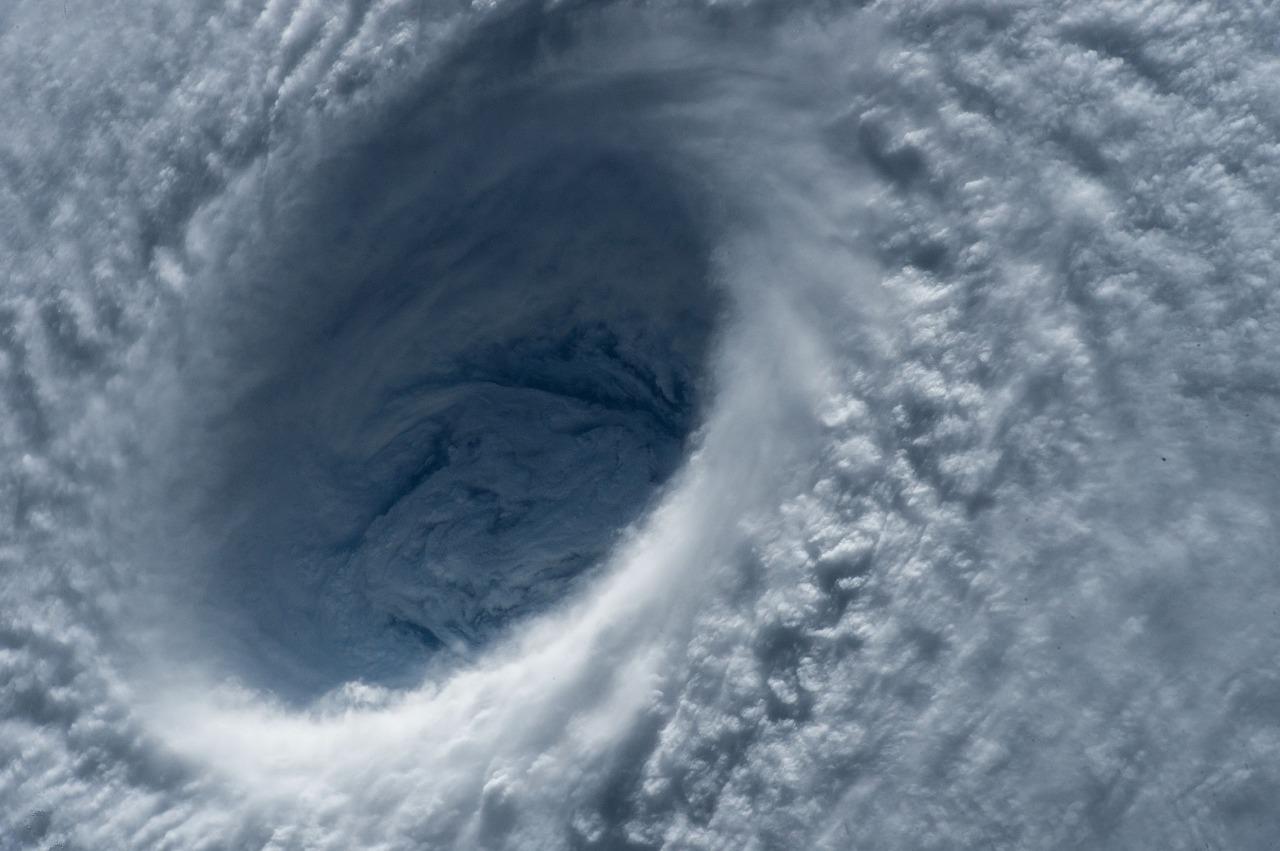
Earthquakes, landslides, tsunamis/flooding, droughts, climate change.
Theme 9: Infrastructure Resilience against Natural Hazards Research Projects
|
Project Title |
Modelling Submarine Landslides |
|
Primary Theme |
Infrastructure Resilience against Natural Hazards |
|
Secondary Themes |
|
|
Project Summary |
An increasing portion of our infrastructure is being placed offshore. In addition to traditional oil and gas installations and pipelines, and ever growing number of telecommunication cables, offshore resources are also producing renewable energy in larger quantities. Our ability to map the ocean floors has also been increasing dramatically in the last couple of decades. Submarine landslides are a major threat for this infrastructure and are also able to generate tsunamis, which can and have impacted coastal communities. Submarine landslides can be much larger than subaerial landslides and often occur on very gentle slopes of less than 5 degrees. They also tend to evolve into debris flows by entrapping water and can have runout distances of tens or hundred of kilometres. This project's goal is to model submarine landslides using the material point method, which allows simulation of large deformation problems, to understand the triggering mechanisms and the evolution of failure in different conditions. |

